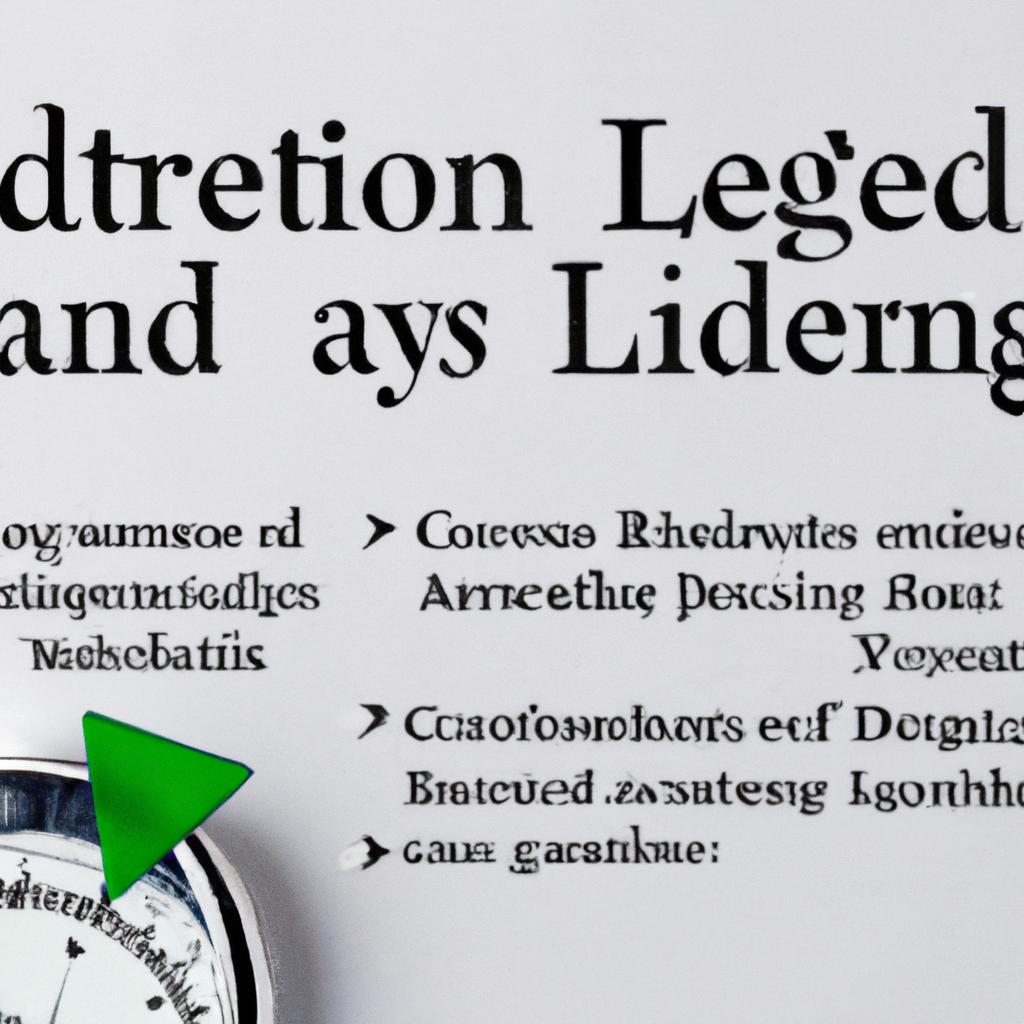As seasoned legal practitioners here at Morgan Legal Group in the bustling metropolis of New York City, we are frequently faced with inquiries surrounding the nuances of temporary custody and legal guardianship. In the realm of family law, these two terms are often mistakenly used interchangeably, leading to confusion and potential legal ramifications. In this article, we aim to shed light on the distinctions between temporary custody and legal guardianship, providing clarity on these crucial aspects of caring for a minor. Let us navigate through the legal intricacies together, ensuring that you are equipped with the knowledge to make informed decisions in safeguarding the well-being of your loved ones.
Temporary Custody versus Legal Guardianship: Understanding the Key Differences
When it comes to the care and responsibility of a minor child, the distinction between temporary custody and legal guardianship is crucial. Temporary custody refers to a short-term arrangement where a designated individual assumes responsibility for the child’s well-being for a limited period of time. This can be granted by a court order or by the child’s parents, and it typically expires after a specified duration or when certain conditions are met.
In contrast, legal guardianship is a more permanent and legally binding arrangement where a person or entity is given the legal authority to make decisions and provide for the child’s needs on a day-to-day basis. This can involve decisions regarding education, healthcare, and finances, and is usually granted by a court order. Legal guardianship can be granted in situations where the child’s parents are unable to care for them, either due to incapacity, incarceration, or other reasons.

Importance of Knowing the Distinction in Legal Rights and Responsibilities
In the complex world of legal rights and responsibilities, it is crucial to understand the distinction between temporary custody and legal guardianship. While both concepts involve the care and protection of a minor, they differ significantly in terms of duration, decision-making authority, and legal responsibilities.
Temporary custody is typically granted for a specific period of time and may involve limited decision-making authority, such as providing for the child’s basic needs. On the other hand, legal guardianship is a more permanent arrangement that grants the guardian broader decision-making authority and responsibility for the child’s overall well-being. It is important to consult with a knowledgeable attorney to determine the best course of action based on your specific circumstances and the needs of the child in question.

Factors to Consider When Determining Temporary Custody or Legal Guardianship
When determining temporary custody or legal guardianship, there are several factors that need to be carefully considered to ensure the best interests of the child or individual in question are met. It is important to understand that temporary custody and legal guardianship are not the same thing, although they may sometimes overlap. Temporary custody typically refers to a short-term arrangement where one person has physical custody of a child or individual for a limited period. Legal guardianship, on the other hand, is a more permanent arrangement that involves a court granting someone the legal right to make decisions on behalf of the child or individual.
Some key include the stability and suitability of the potential guardian, the relationship between the child or individual and the guardian, the wishes of the child (if old enough to express them), and any potential risks or concerns that may impact the well-being of the child or individual. It is crucial to seek legal guidance from experienced professionals, like those at Morgan Legal Group in New York City, to navigate the complexities of temporary custody and legal guardianship and ensure that all legal requirements are met.

Navigating the Legal Process: Recommendations for Seeking Temporary Custody or Legal Guardianship
In the realm of family law, there is often confusion surrounding the concepts of temporary custody and legal guardianship. While these terms are sometimes used interchangeably, they actually represent distinct legal arrangements with different implications. Temporary custody typically refers to a short-term arrangement in which a caregiver is granted physical custody of a child for a specific period of time. On the other hand, legal guardianship is a more permanent legal status that grants a caregiver the same rights and responsibilities as a parent, including the ability to make important decisions regarding the child’s well-being.
When considering whether to seek temporary custody or legal guardianship, it is important to carefully evaluate your individual circumstances and consult with a knowledgeable attorney. Here are some key recommendations to keep in mind when navigating the legal process:
- Seek legal advice: Before taking any legal action, it is crucial to consult with an experienced family law attorney who can provide guidance based on your specific situation.
- Consider the child’s best interests: When determining whether to seek temporary custody or legal guardianship, always prioritize the child’s well-being and needs.
- Understand the legal implications: Be aware of the differences between temporary custody and legal guardianship, as well as the rights and responsibilities that accompany each status.
Q&A
Q: Are temporary custody and legal guardianship the same thing?
A: While both involve caring for a child, temporary custody and legal guardianship are not interchangeable terms.
Q: What is temporary custody?
A: Temporary custody is a temporary arrangement where someone is given custody of a child for a specific period of time, often due to a crisis or emergency situation. This can be granted by a court or child welfare agency.
Q: What is legal guardianship?
A: Legal guardianship is a more permanent arrangement where someone is given legal responsibility for a child, usually when the child’s parents are unable to care for them. This can also be established through a court order.
Q: How do temporary custody and legal guardianship differ?
A: Temporary custody is typically a short-term solution, while legal guardianship is intended to be a more permanent arrangement. Legal guardians have more rights and responsibilities than those with temporary custody.
Q: Can temporary custody be converted into legal guardianship?
A: Yes, in some cases temporary custody can be converted into legal guardianship through a formal legal process. This is often done when the temporary arrangement becomes more long-term.
Q: Which option is better for a child in need of care?
A: It depends on the specific situation and needs of the child. Temporary custody may be more appropriate for short-term crises, while legal guardianship provides more stability and security for the child in the long term.
Closing Remarks
In conclusion, while temporary custody and legal guardianship both involve providing care for a child, there are significant differences between the two. Understanding these distinctions is crucial for ensuring the best interests of the child are met. It is important to seek legal guidance and support when navigating these complex legal matters to ensure the child’s well-being and safety are protected. Thank you for reading and gaining a better understanding of the differences between temporary custody and legal guardianship.





